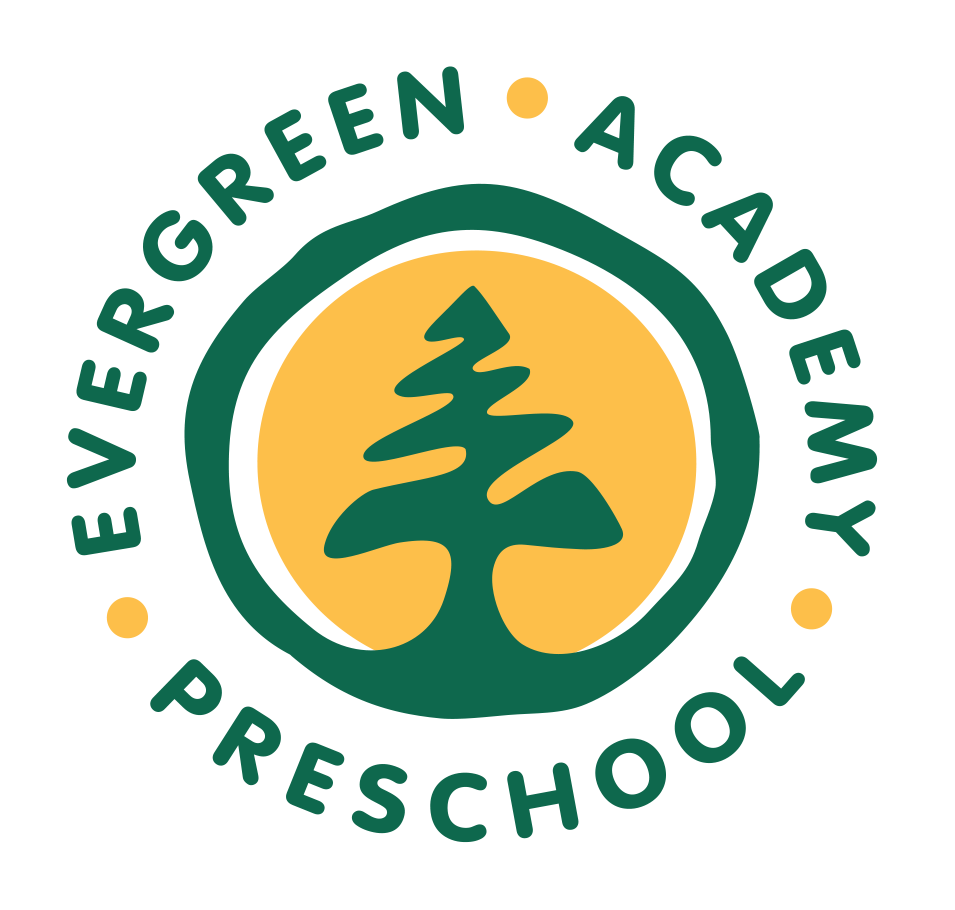Academic
HighScope
HighScope is our child-led academic curriculum that is largely based around student interests. This means that our students learn about what they want to learn about, nurturing their desire to know more about what intrigues them. We emphasize student-lead, hands-on exploration and playful discovery, encouraging children to take an active role in their education.
Infant/Toddler
Letter Links, simple images that begin with the same letter as your child’s name, are introduced in our 1 year old classroom. This allows literacy exposure throughout the day and expands each child’s Early Literacy Skills.
In our 2 year old classroom, Letter Links are used to label cubbies, on our classroom attendance chart, and during lesson time.
We begin to bring children’s interest into the classroom, learning about the subject they are interested in and focusing small-group lessons around that topic.
Preschool
Our preschool classes make interactive community decisions about what they learn about. If the teachers see multiple students showing the same interests, the class will take a deep-dive into that topic! As classroom interests change, our students will choose another topic to learn about.
This curriculum has daily literacy skills built in throughout the day, which allows for organic literacy exposure. We use Letter Links to provide daily literacy exposure and support each child in recognizing their name before Kindergarten.
The Highscope Curriculum has Key Developmental Indicators built in, which ensure that all areas of knowledge are being met with each lesson plan. Below are the areas of knowledge, as well as examples of each.
- Approaches to Learning – Initiative, Problem Solving, and Reflection
- Social and Emotional Development – Emotions, Community, and Conflict Resolution
- Physical Development and Health – Gross-Motor Skills and Body Awareness
- Language, Literacy, and Communication – Reading, Vpcabulary, Comprehension, Alphabetic Knowledge and Phonological Awareness.
- Mathematics – Numbers and Symbols, Spatial Awareness, Measuring and Patterns, Units, and Data Analysis.
- Creative Arts – Art, Music and Movement, Pretend Play.
- Science and Technology – Observing, Predicting, Experimenting, Drawing Conclusions, Tools and Technology.
- Social Studies – Diversity, Community Roles, Geography, History, and Ecology.
Full List of Key Developmental Indicators
Social/Emotional
Conscious Discipline
Conscious Discipline is our social/emotional curriculum that helps guide our students to process their emotions more independently, providing them a foundation of life-long social/emotional intelligence.
Infant/Toddler
We begin providing our students with social and emotional skills before they can even talk! This begins in our 1 year old class, where we guide our students using sign language to communicate effectively with their peers, signs for “Please stop” are encouraged if a classmate is doing something your child doesn’t like.
In addition to this, we also reinforce the phrase “Not yet”. This gives our young students the words they need in order to create healthy boundaries with classmates.
This language is expanded in our 2 year old class, where children are typically more verbal and can communicate what they need easier. In addition to the “Please stop” verbiage they learn in our 1 year old classroom, we add a phrase “Please stop, I don’t like that”. This gives your child the tools they need to effectively communicate with their peers in a healthy manner, as well as communicate their own emotions.
In addition, we expand onto the “Not yet” phrase in our 2 year old class to create “Not yet, please wait”. This reinforces the boundaries we learned about in our 1 year old class, while also giving our classmates a request to wait their turn.
Our 2 year old classroom also has a Safe Space, an area in the class where a child with big emotions can take the time they need. Here, the teacher walks them through various interactive deep breathing exercises that were created with children in mind. We also hang family photos in this area in case a student is missing home!
Preschool
In our preschool classroom, we expand our students social/emotional vocabulary once again by guiding the children to use the full phrase “Please stop, I don’t like that. I don’t like when you (take my blocks). Next time, can you please (ask me first).” to which the other child responds. This allows the children to be guided through healthy classroom conflict resolution.
Our preschool classroom also has a Safe Space similar to our toddler classroom, where your child can be guided through deep breathing exercises, use our emotional-recognition dolls (Feeling Buddies), view family photos, and explore sensory toys.
